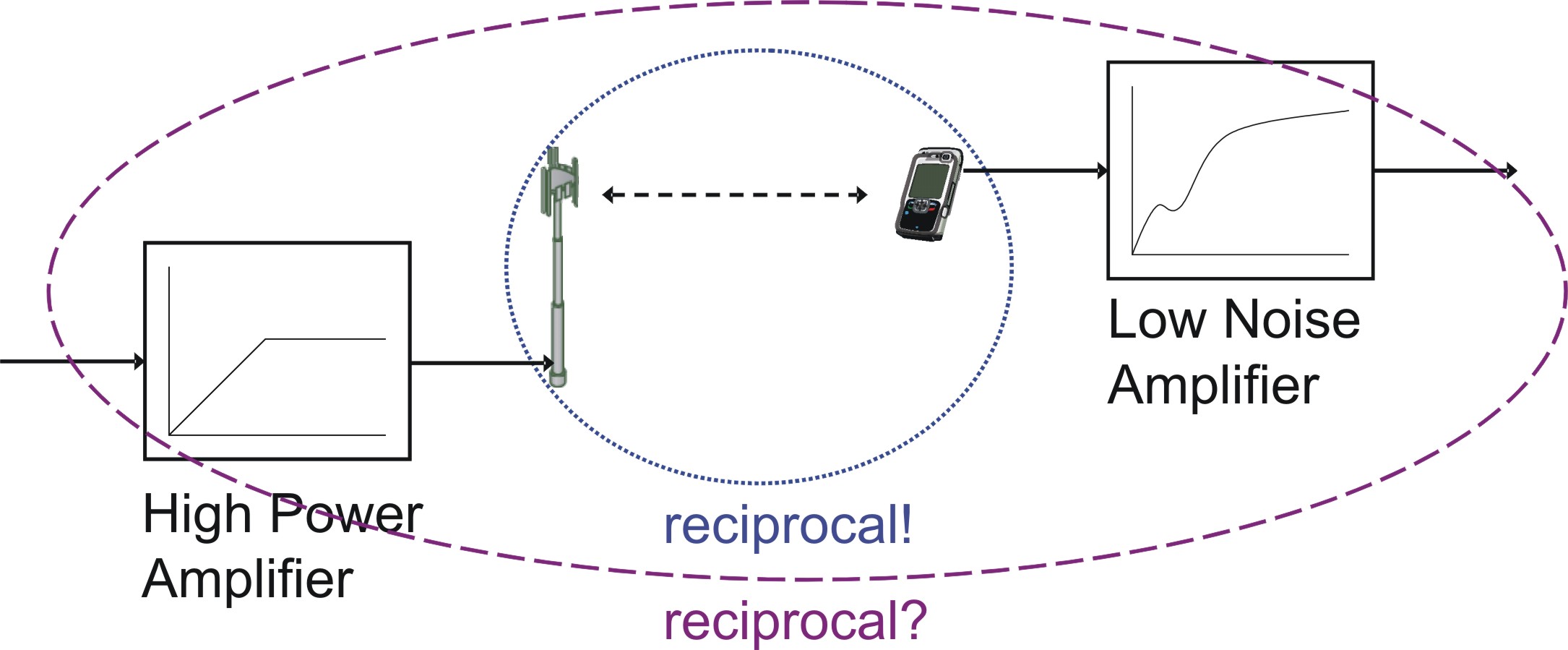Contents

Source: Department of Communications Engineering
<>
The Principle of Reciprocity in Absorption and Emission Cross-Sections
The principle of reciprocity in the context of absorption and emission cross-sections is a fundamental concept in photonics. It traces back to Albert Einstein and has significant implications in understanding transitions between electronic energy levels.
Reciprocity in Simple Electronic Transitions
When considering a simple transition between two non-degenerate electronic energy levels, the principle of reciprocity states that the absorption and emission cross-sections for this transition must be equal. This principle ensures a balance between the absorption and emission processes.
Generalization to Multiple Energy Levels
In cases where the electronic energy levels have degeneracies, meaning they consist of multiple levels with the same energy, effective transition cross-sections are used. The ratio of effective emission to absorption cross-sections is determined by the degeneracy factor of the lower level divided by that of the upper level. This accounts for the likelihood of transitions between the various levels involved.
Complexities in Solid-State Gain Media
Solid-state gain media present a more intricate scenario due to interactions between laser-active ions and the crystal field, which can remove degeneracies and create Stark level manifolds with varying energy levels. The population distributions among these sublevels follow a Boltzmann distribution, impacting emission and absorption processes.
McCumber Theory and Reciprocity
In 1964, McCumber introduced a spectroscopic theory that incorporated the principle of reciprocity in the context of absorption and emission cross-sections. The McCumber relation is a widely used equation that relates absorption and emission cross-sections, taking into account the energy levels and temperature.
Deviations from Reciprocity
It is important to note that while the reciprocity relation is a valuable tool, deviations can occur, particularly due to vibronic interactions. These deviations may lead to variations in the absorption and emission cross-sections from the ideal reciprocity principle.
Conclusion
The principle of reciprocity in absorption and emission cross-sections provides a foundational understanding of the balance between these processes in photonics. While theoretical frameworks like McCumber theory offer valuable insights, the complexities of real-world systems can introduce deviations that enrich our understanding of photon-matter interactions.

Source: YouTube
Feel free to comment your thoughts.



